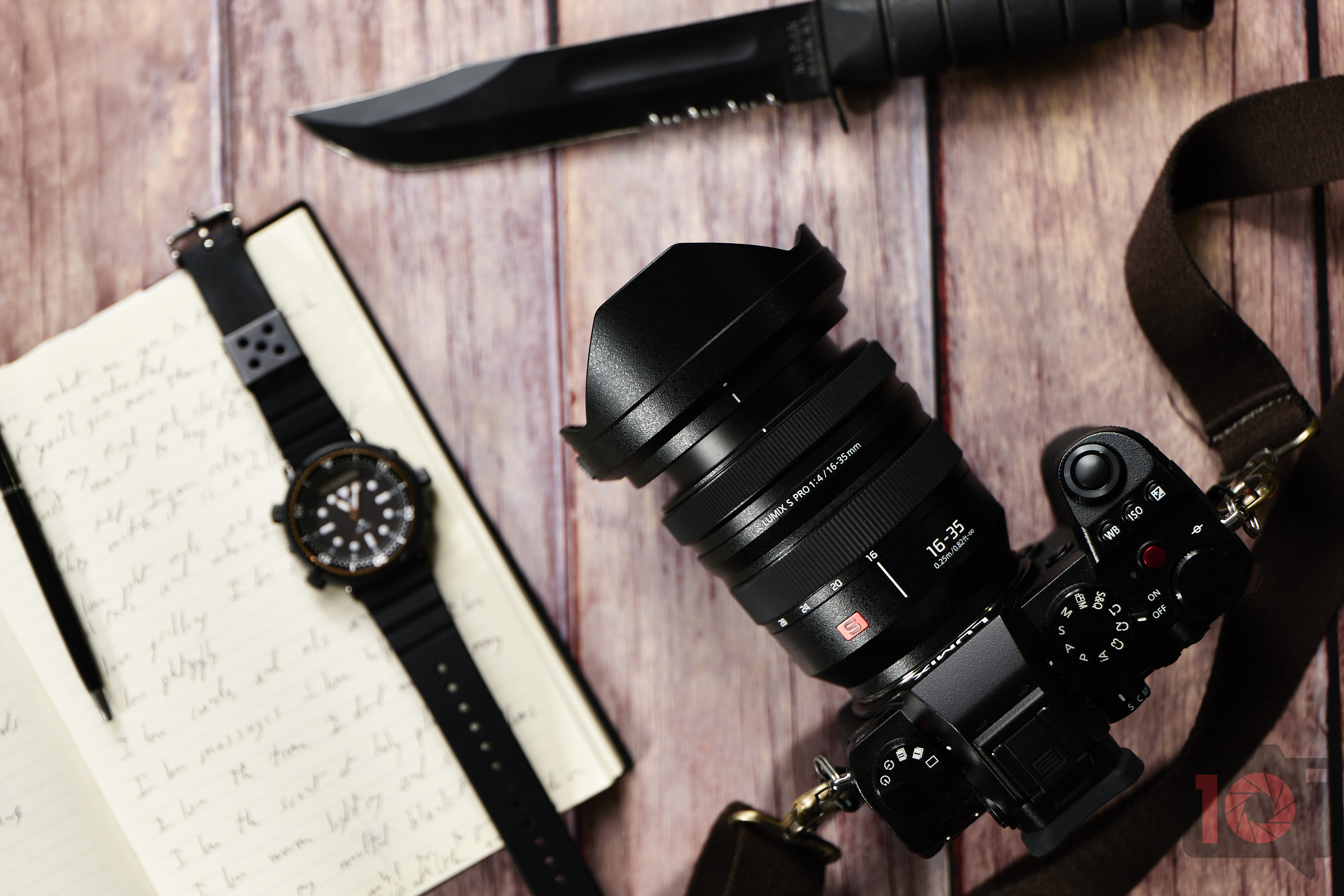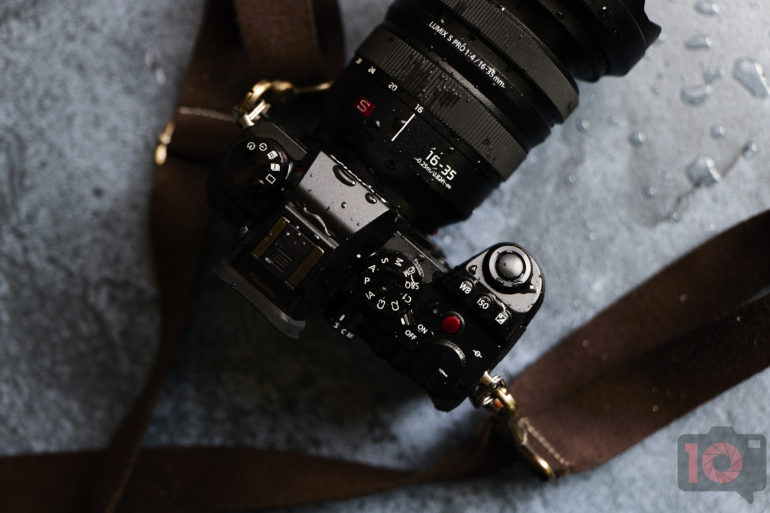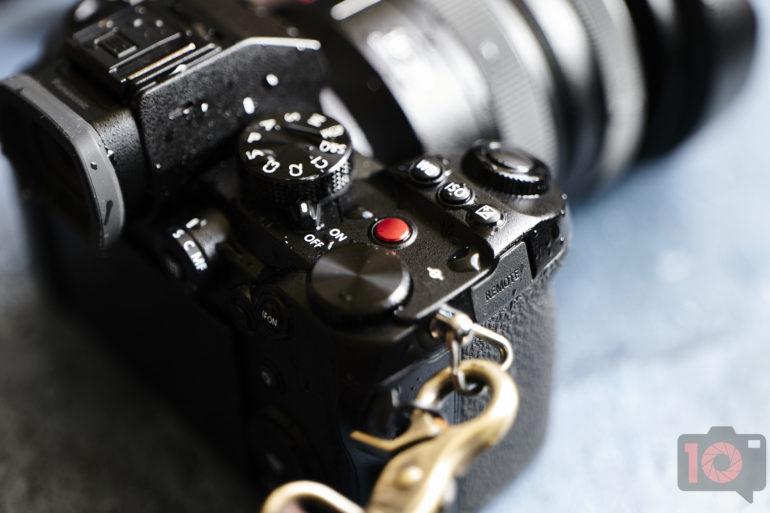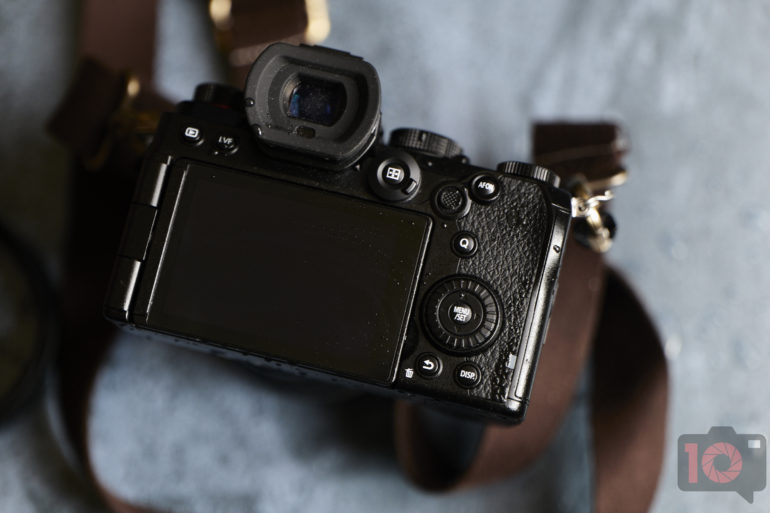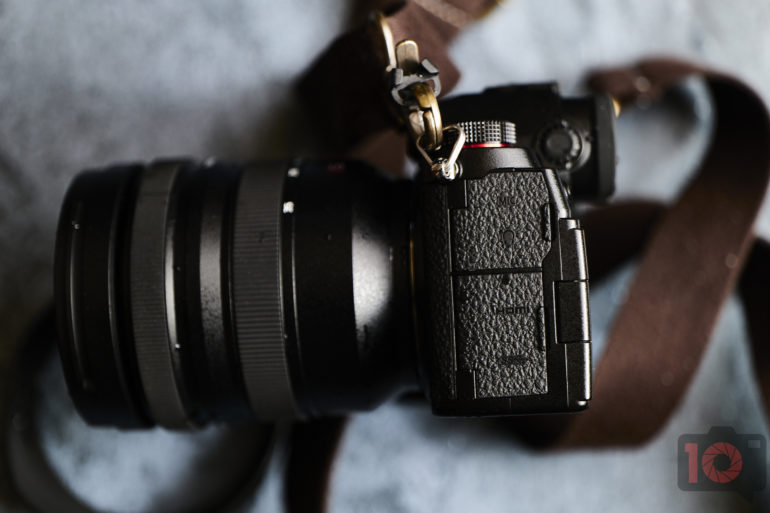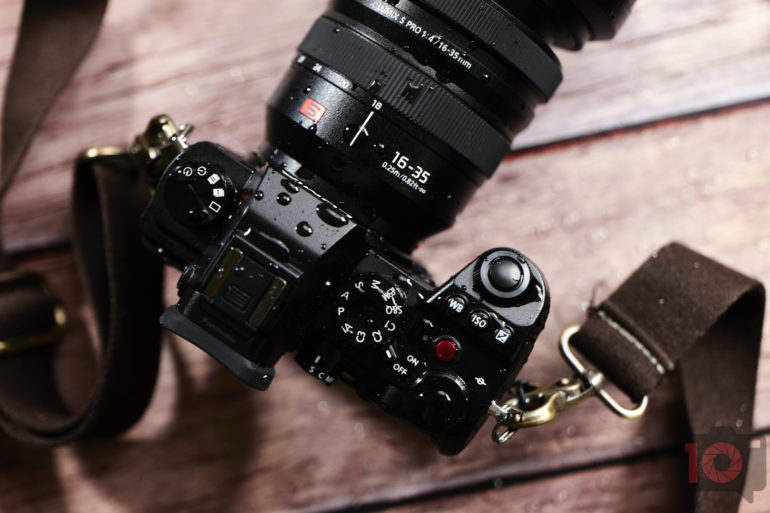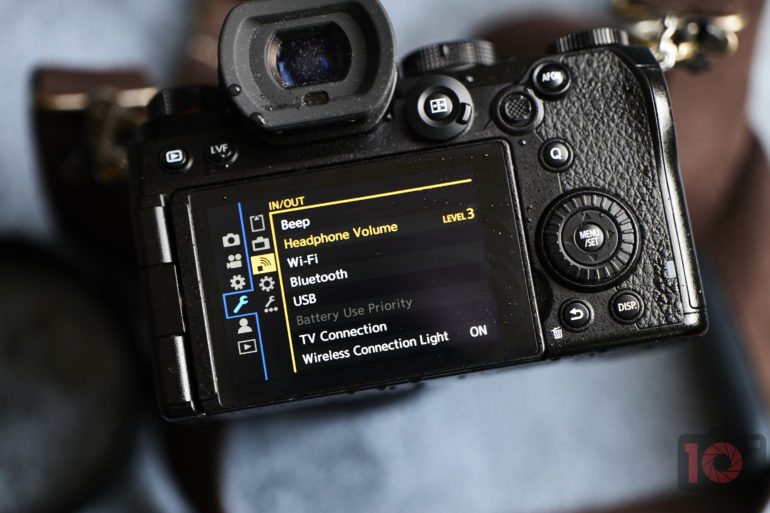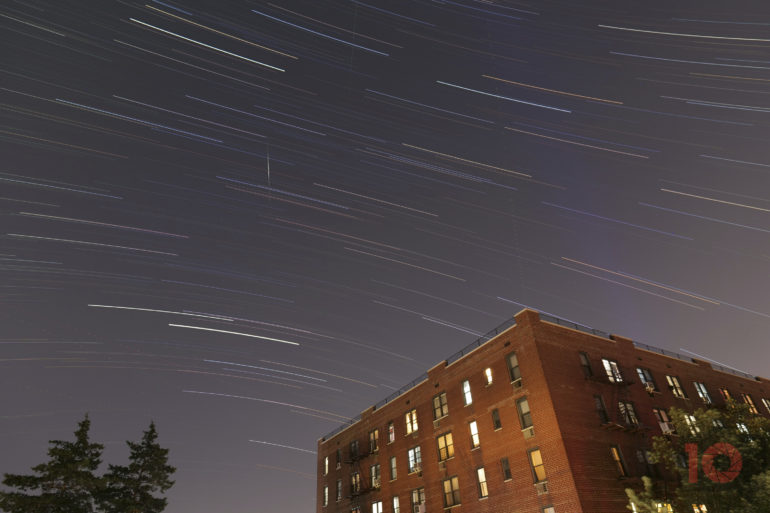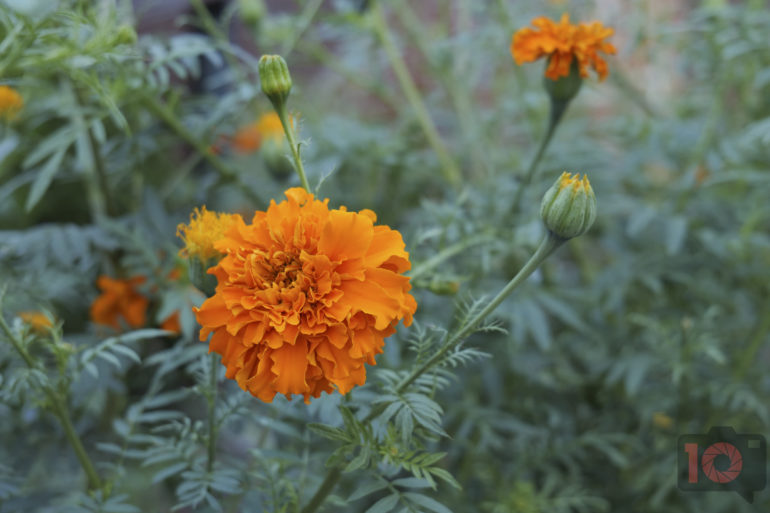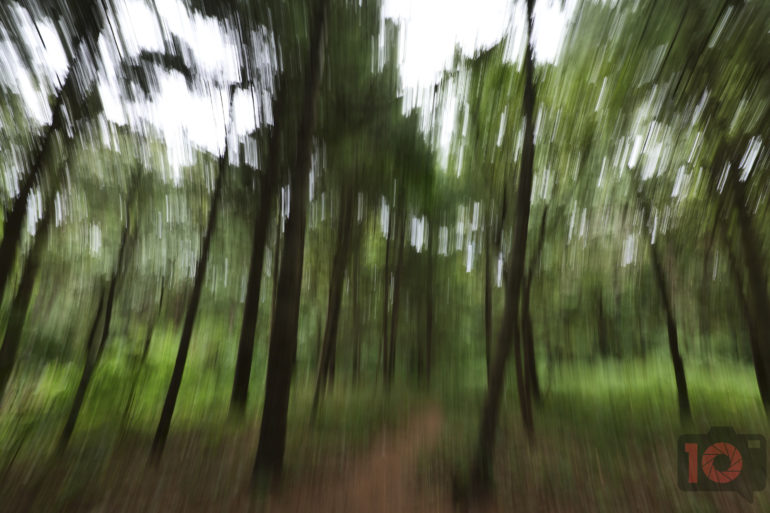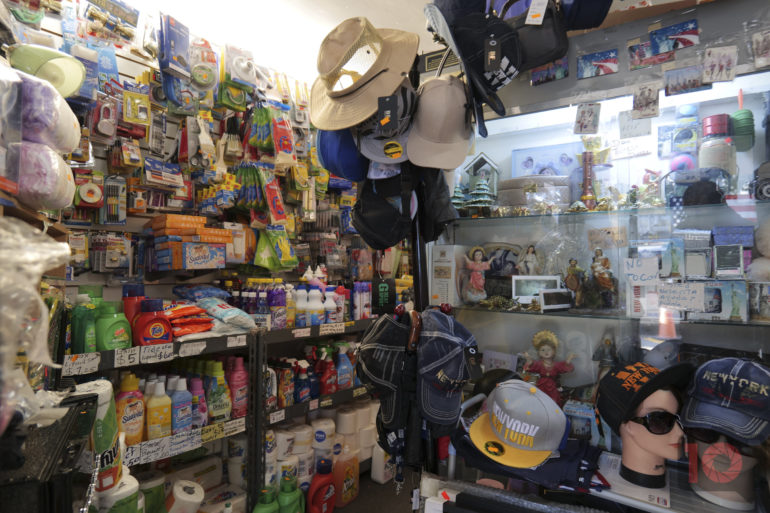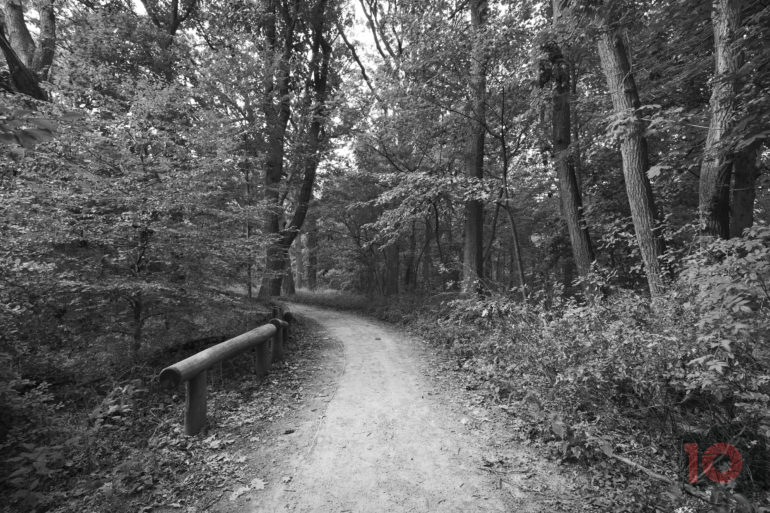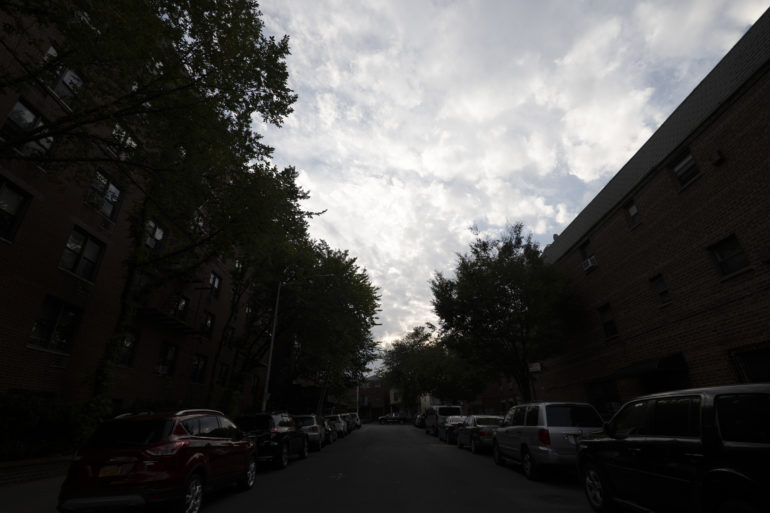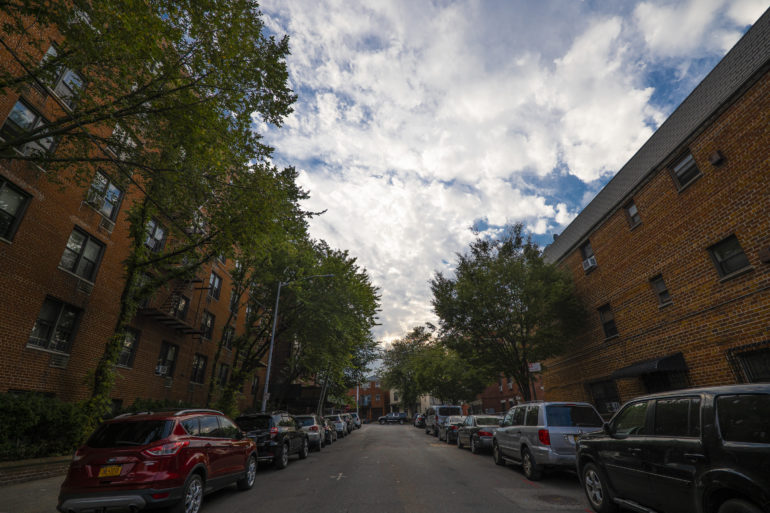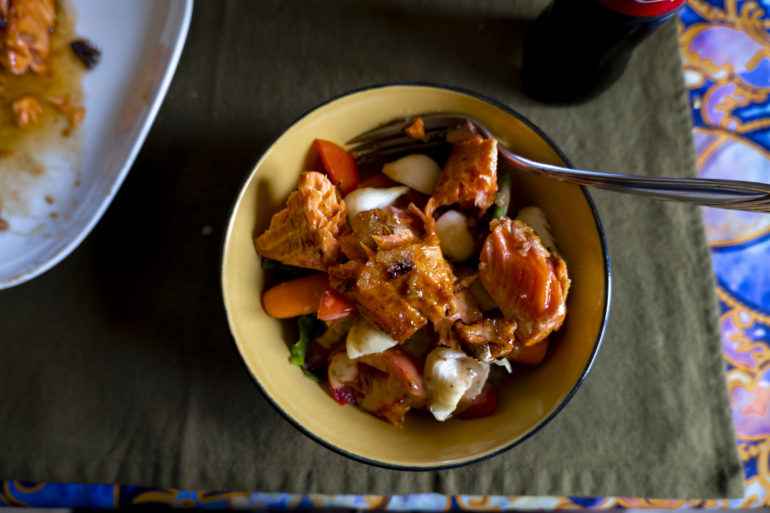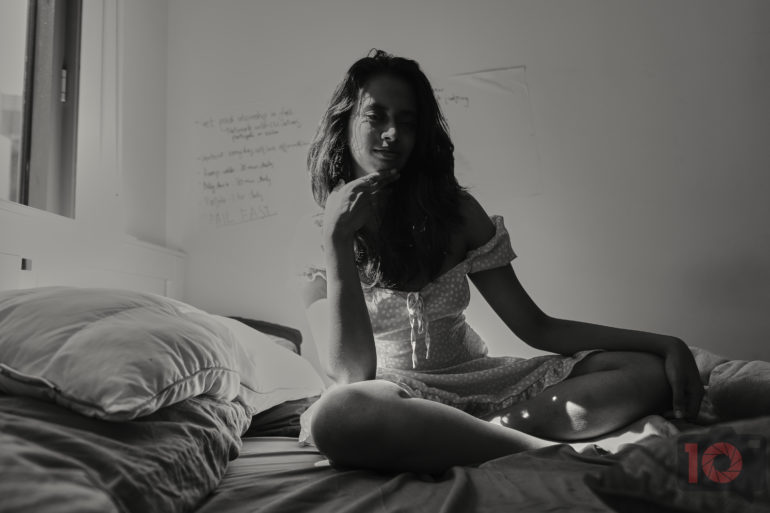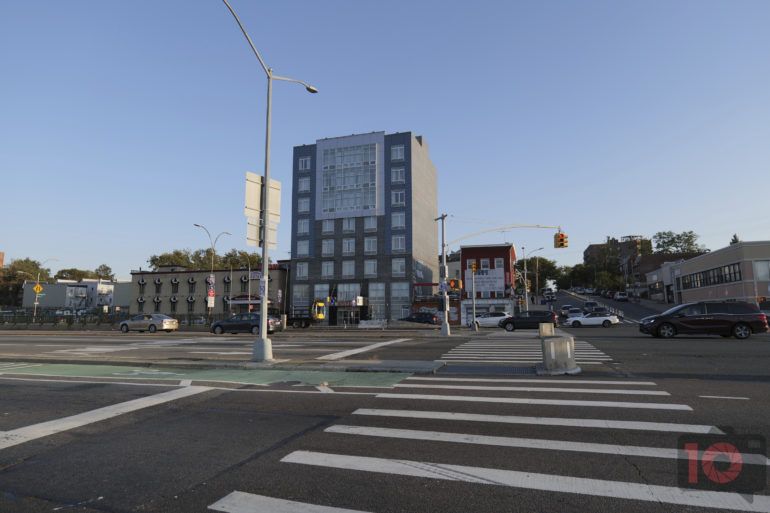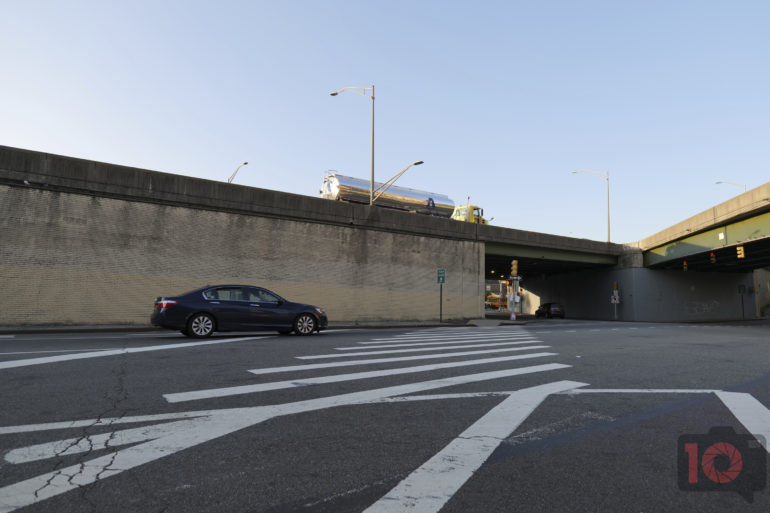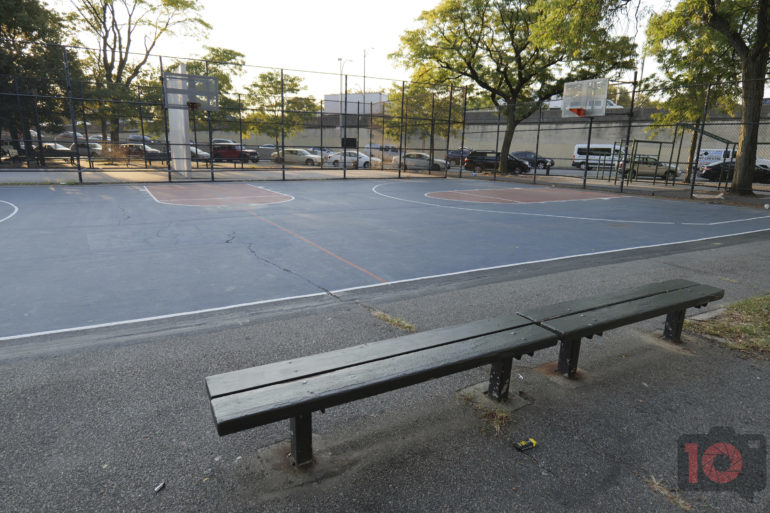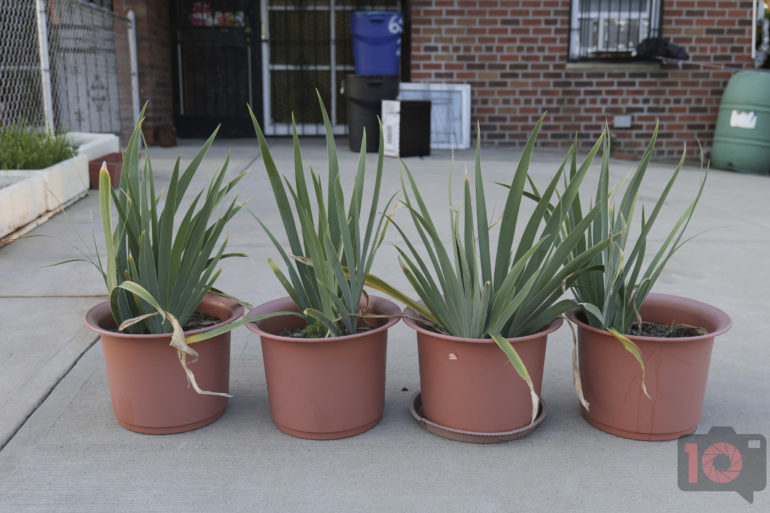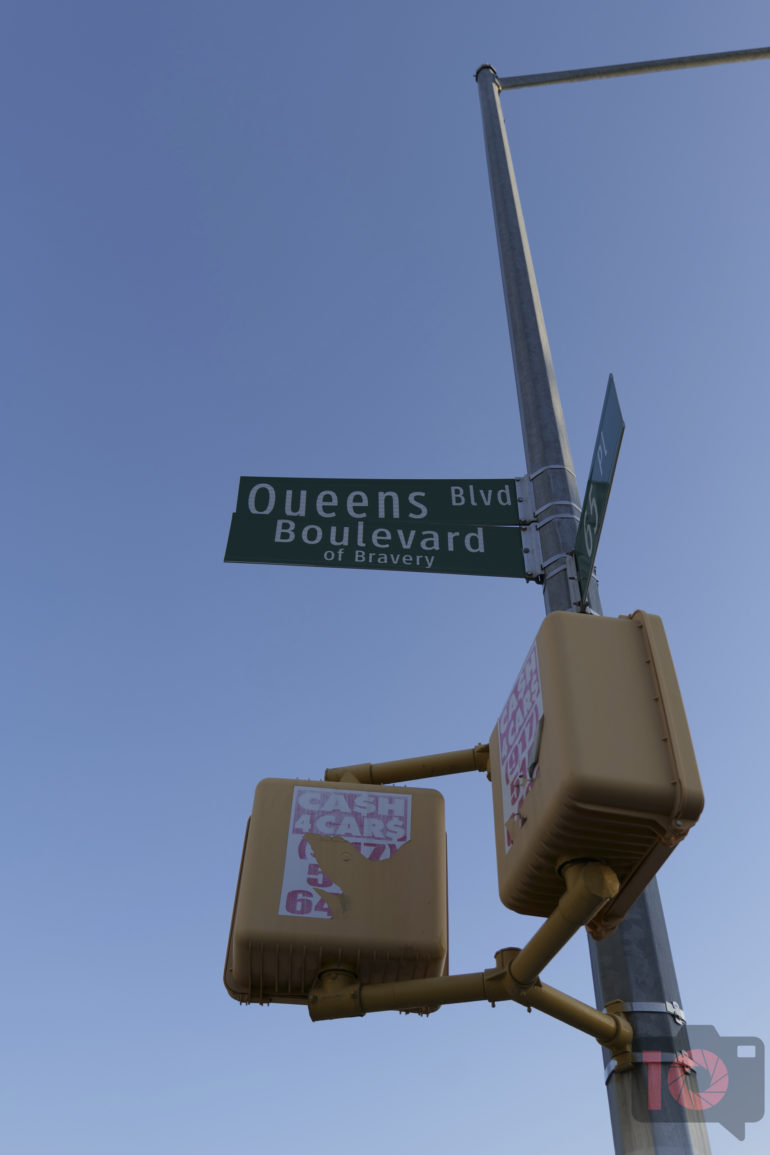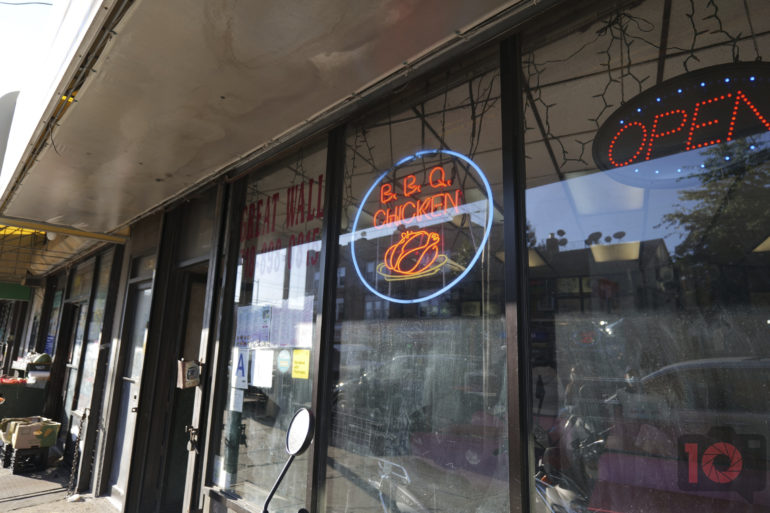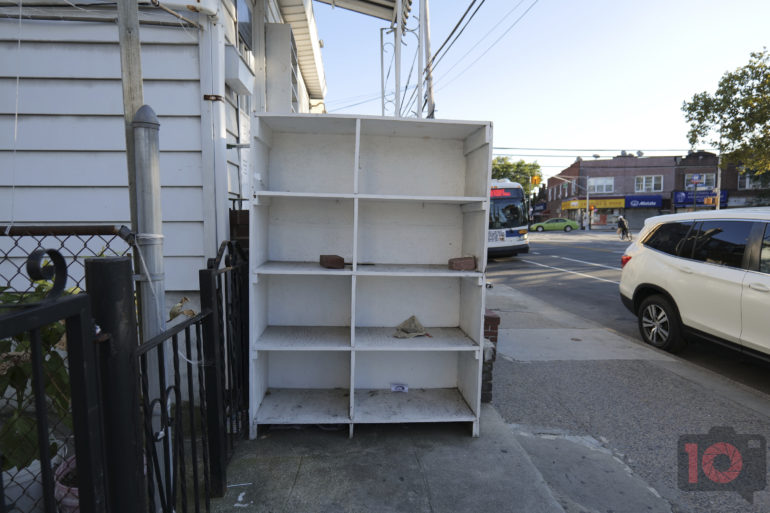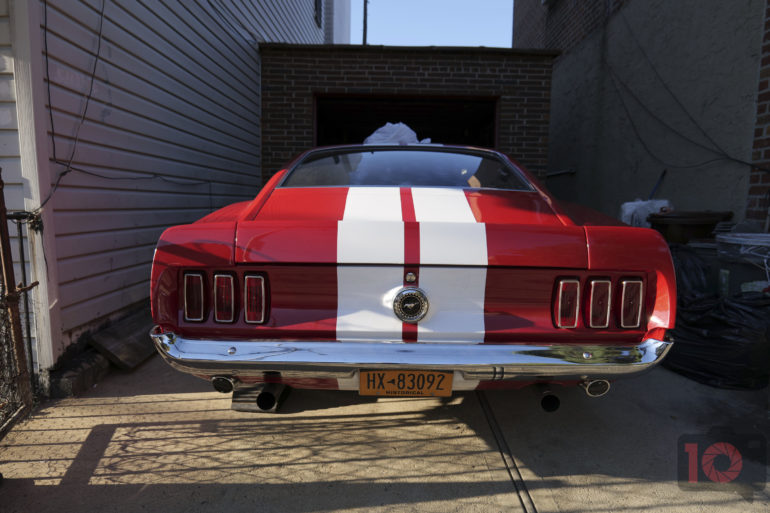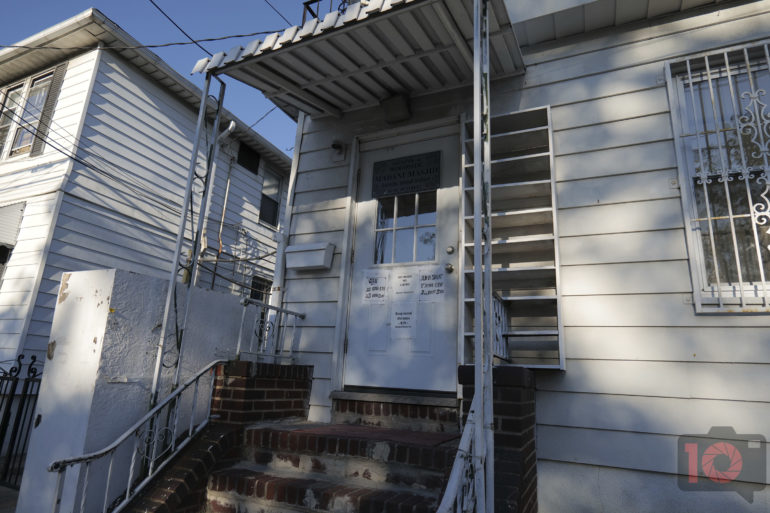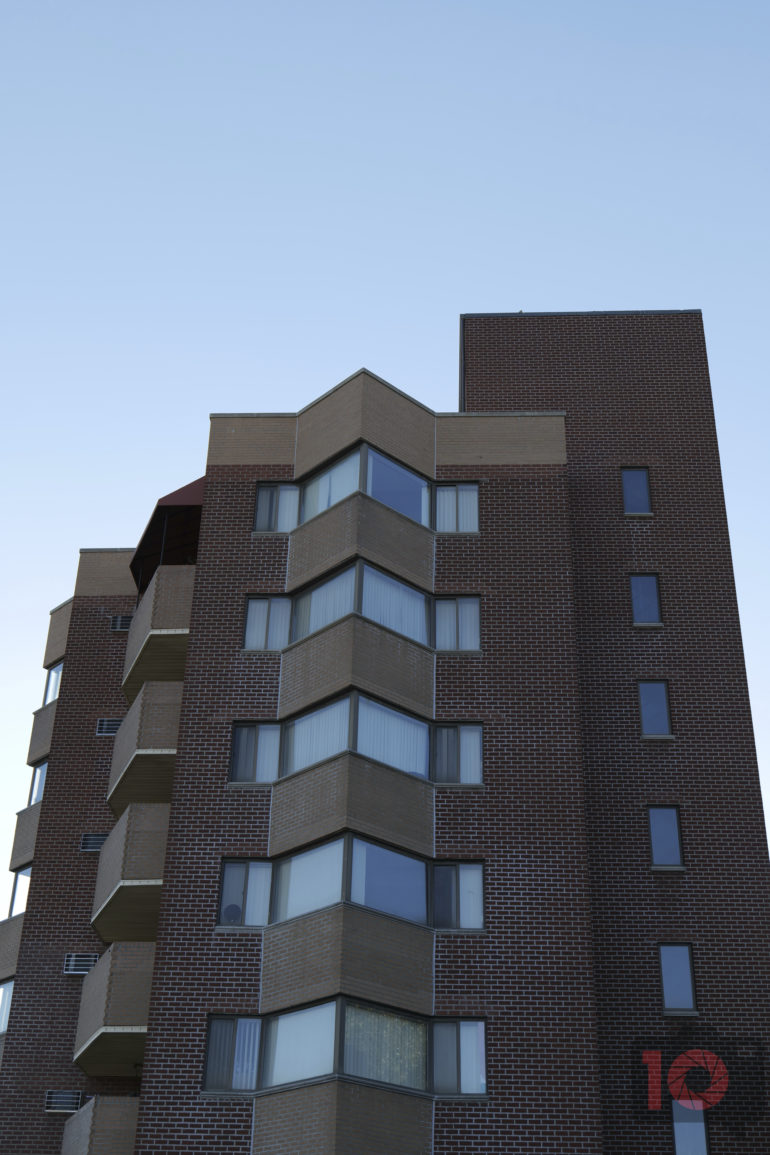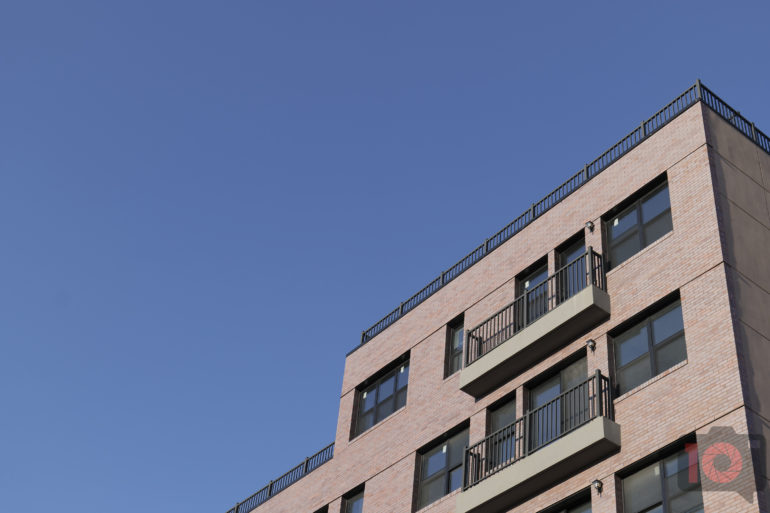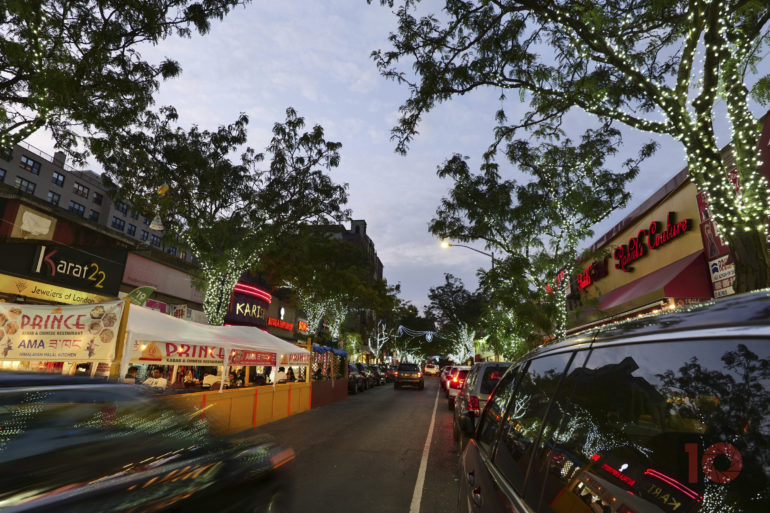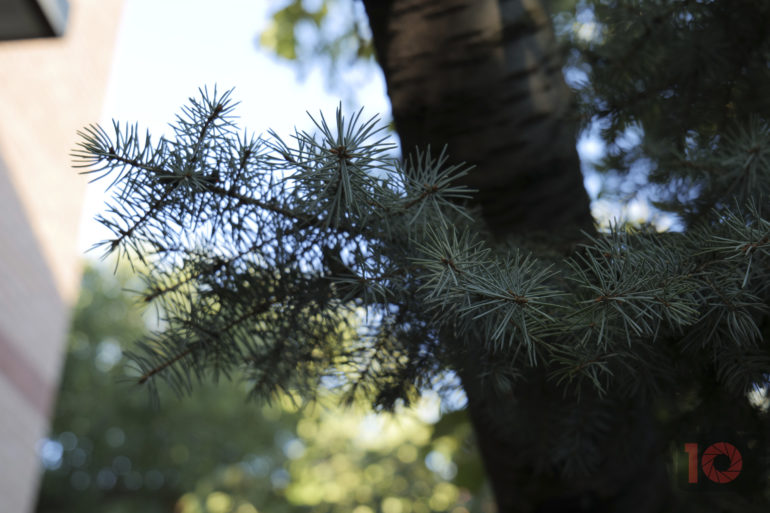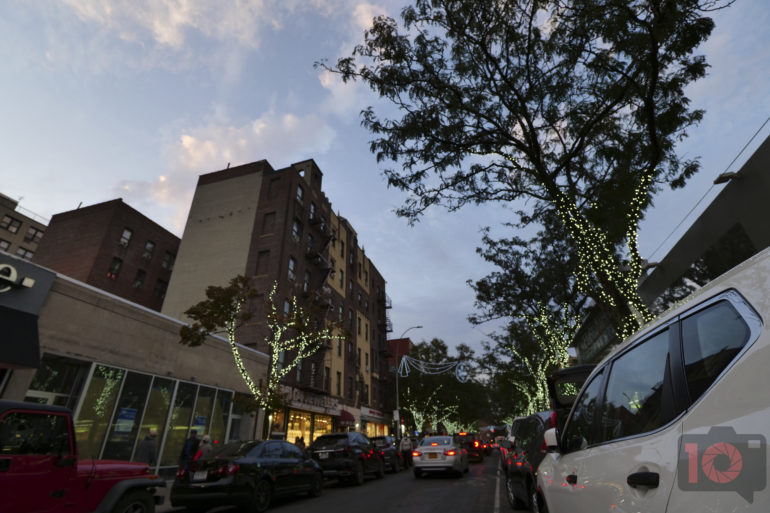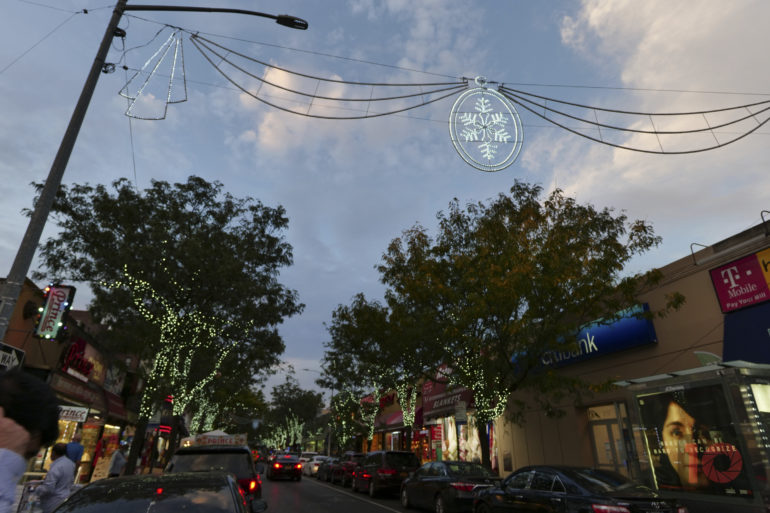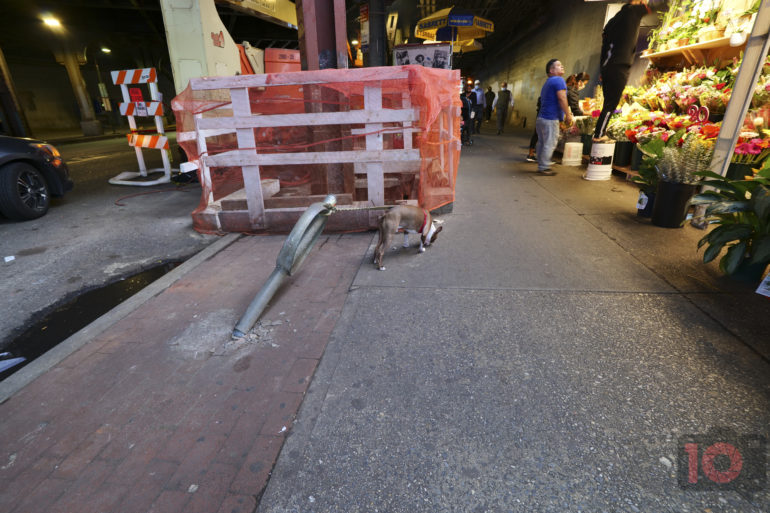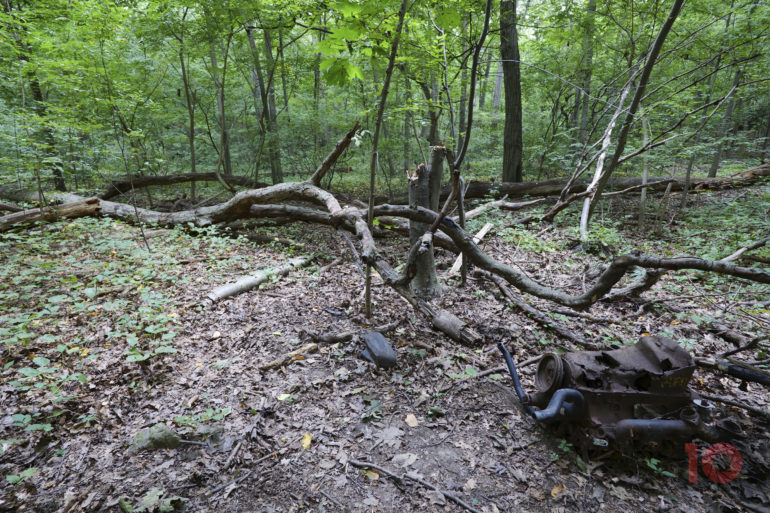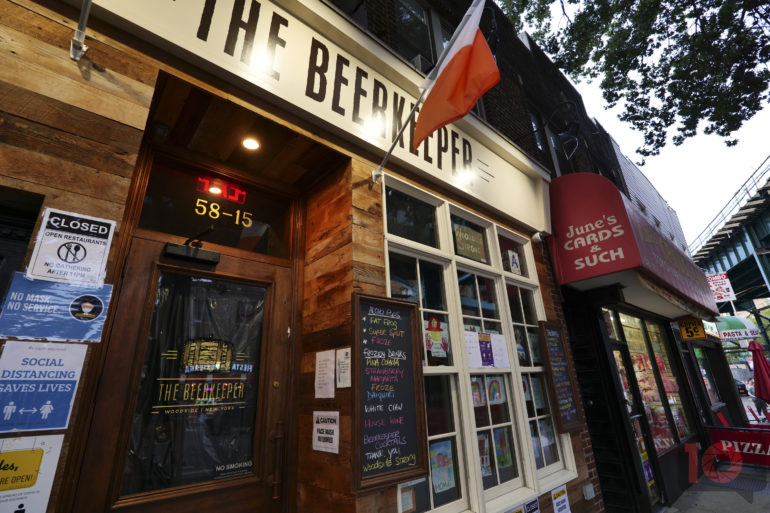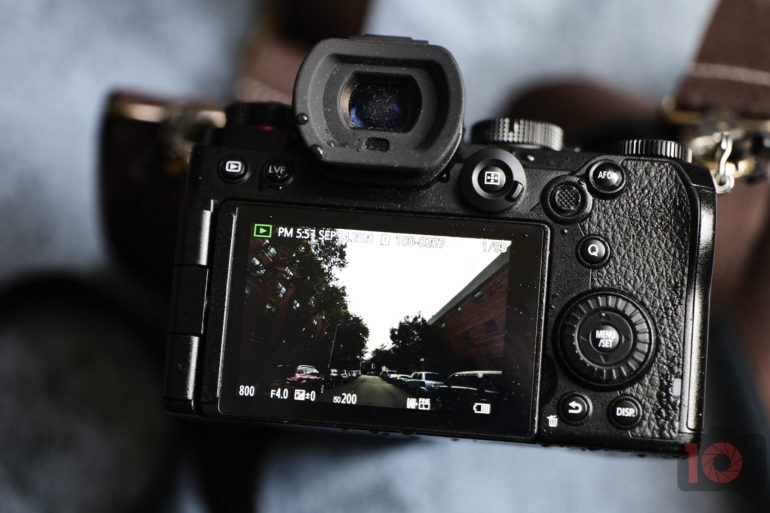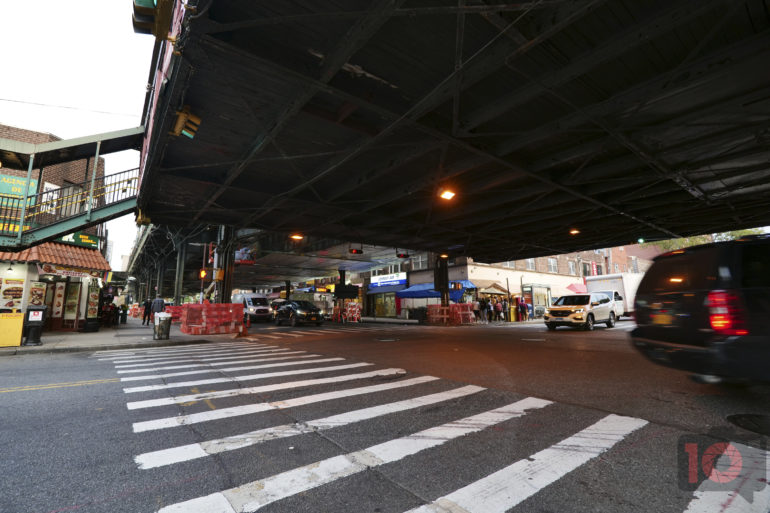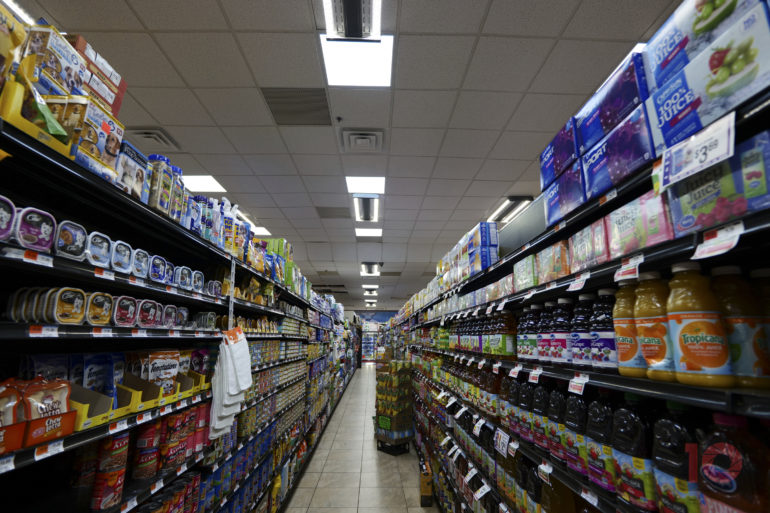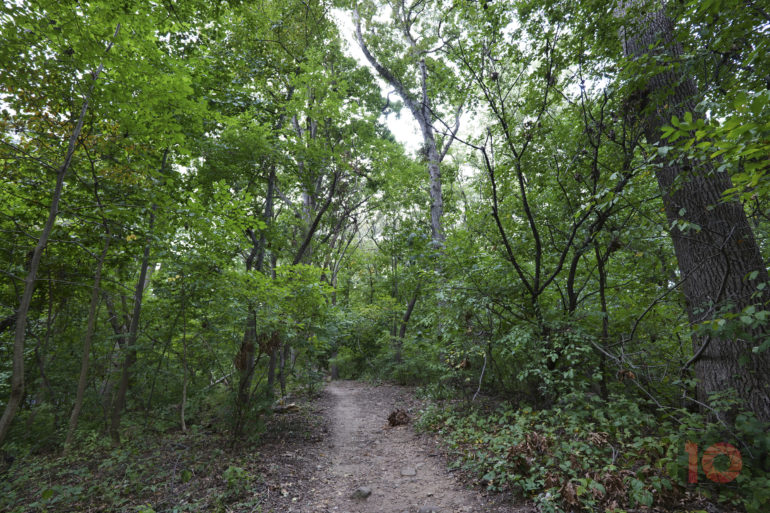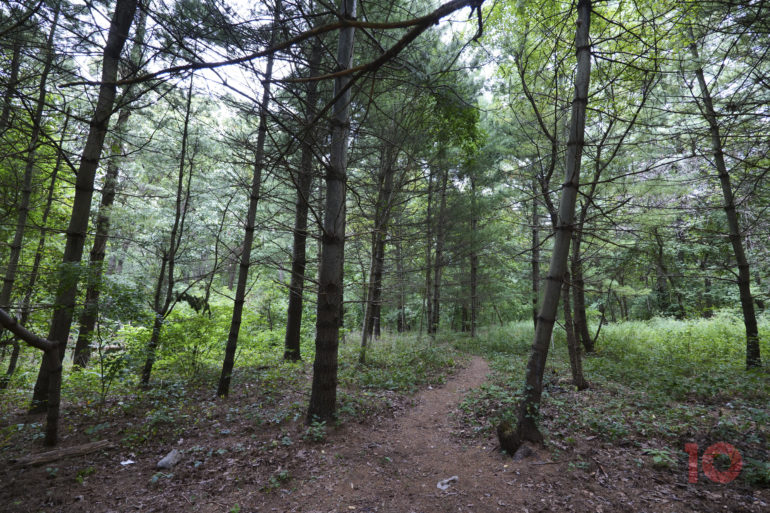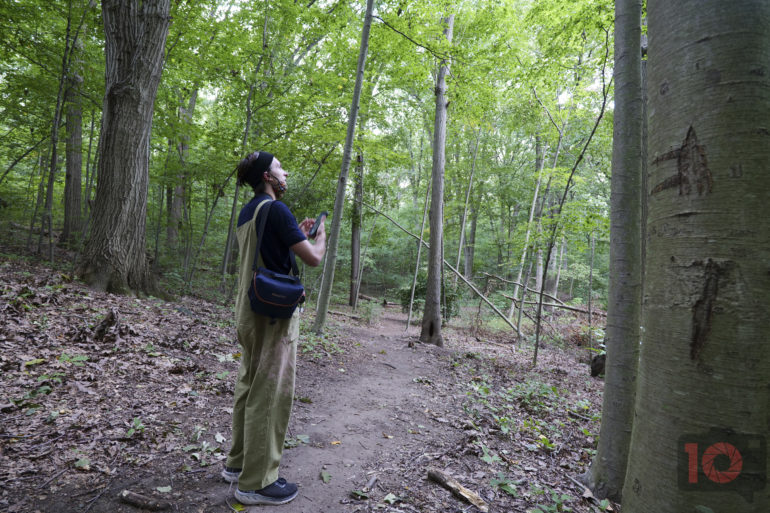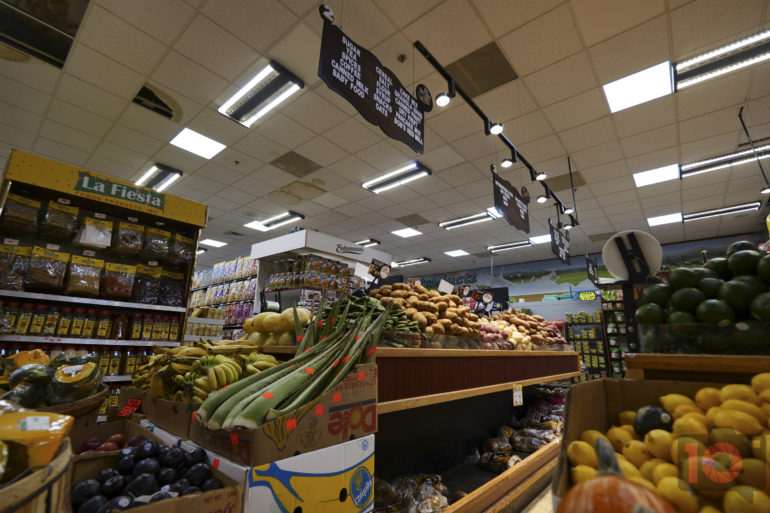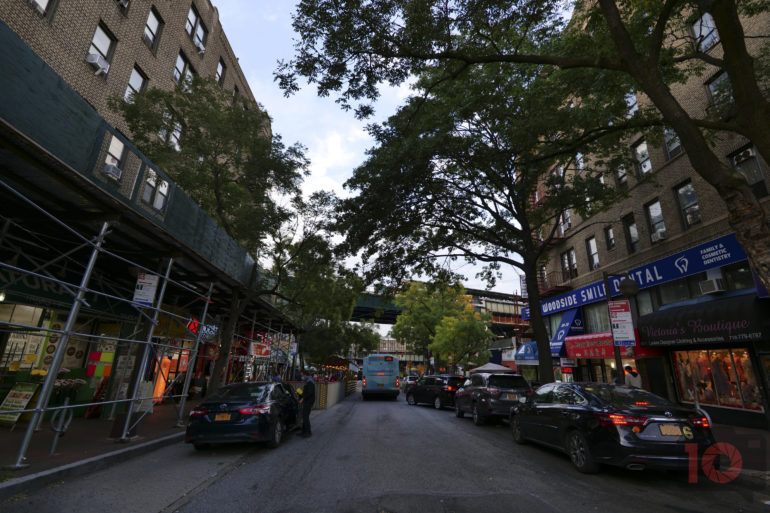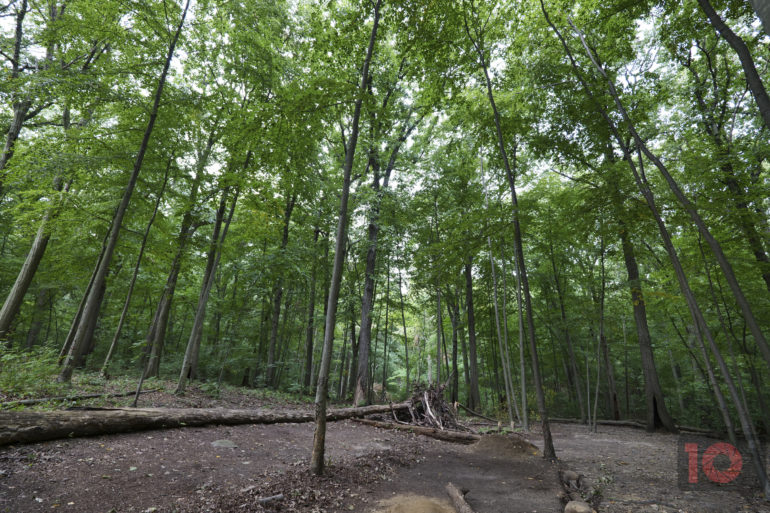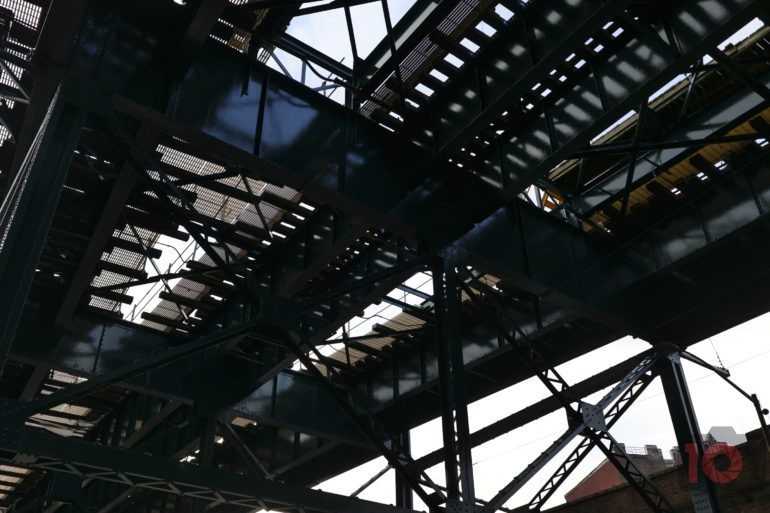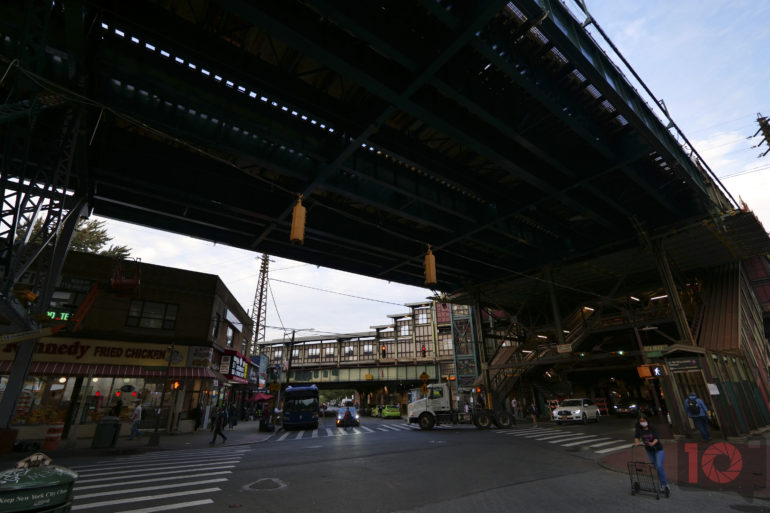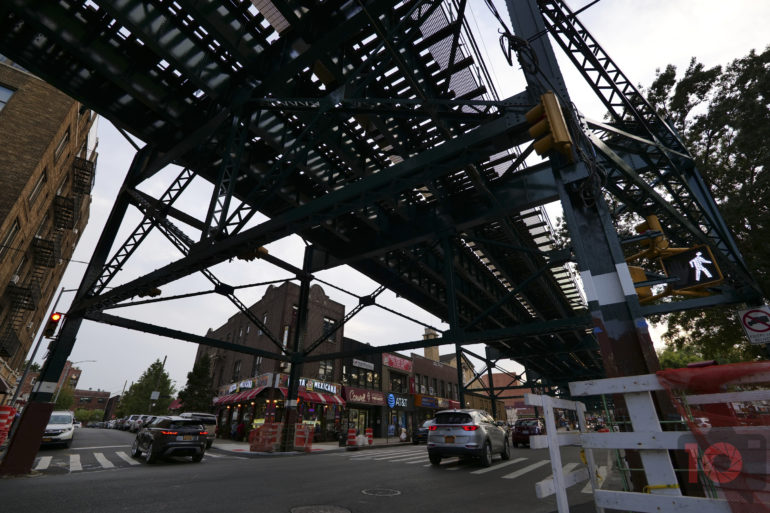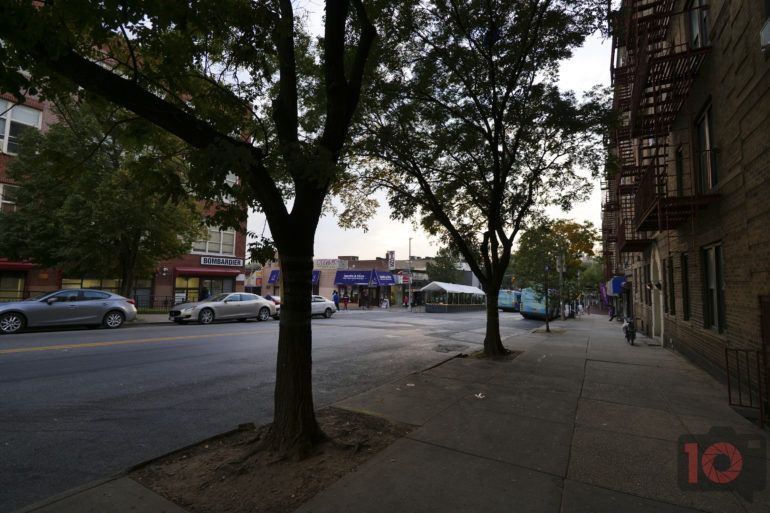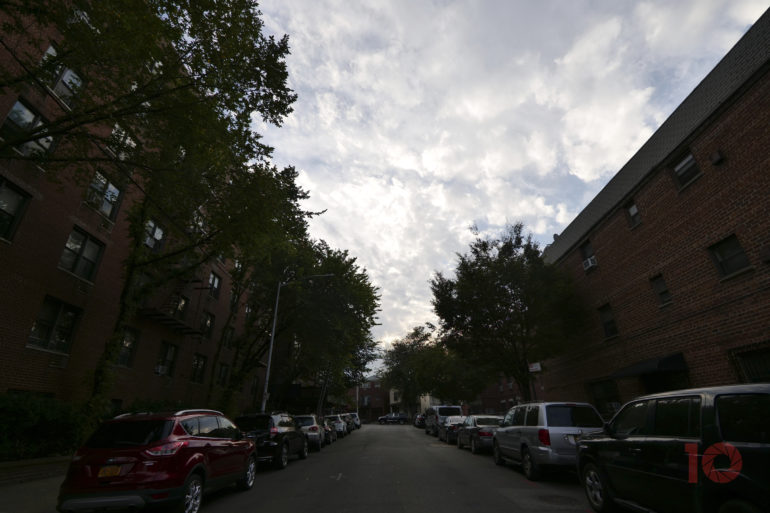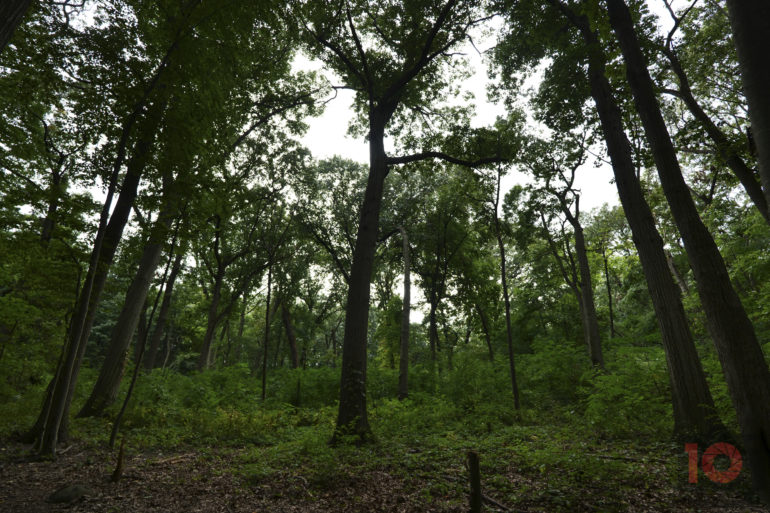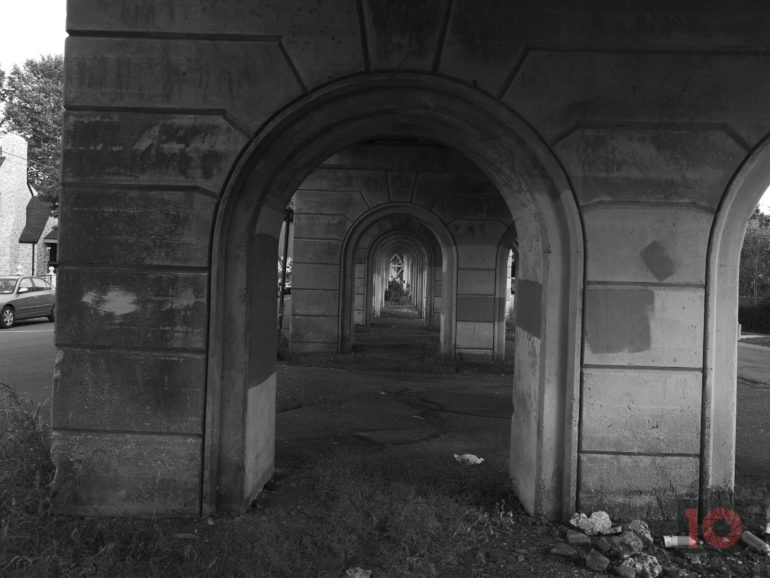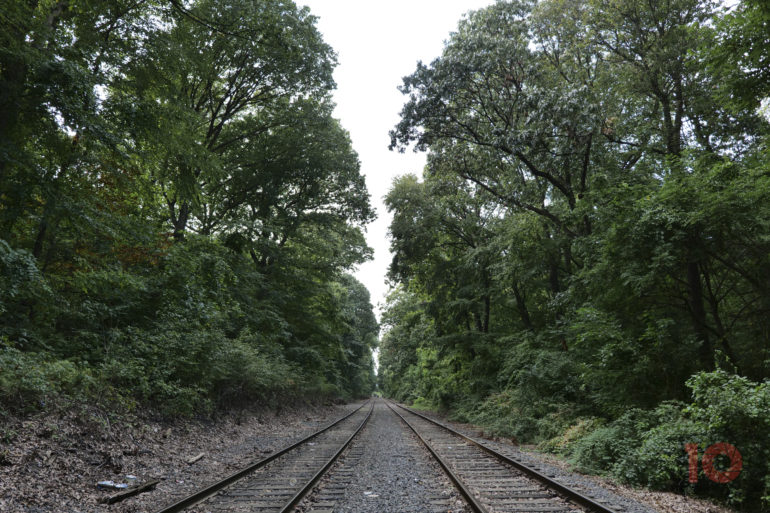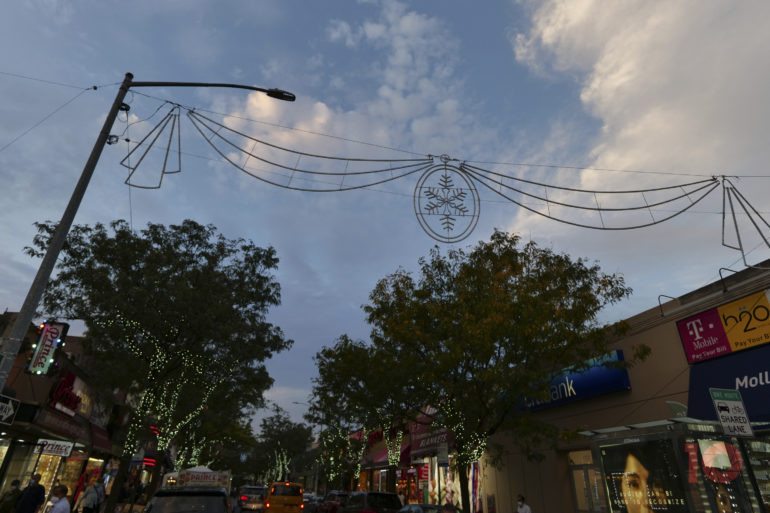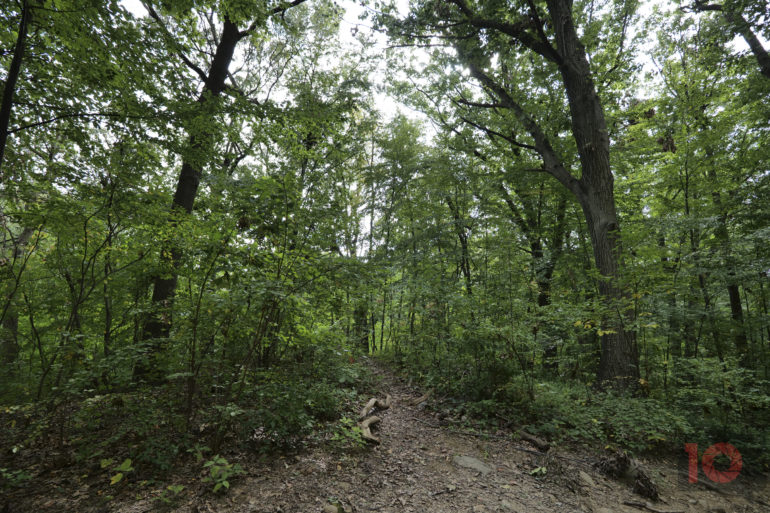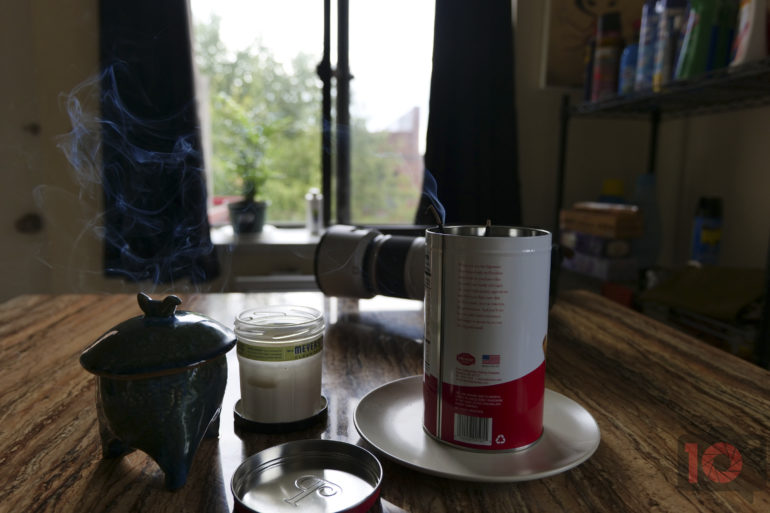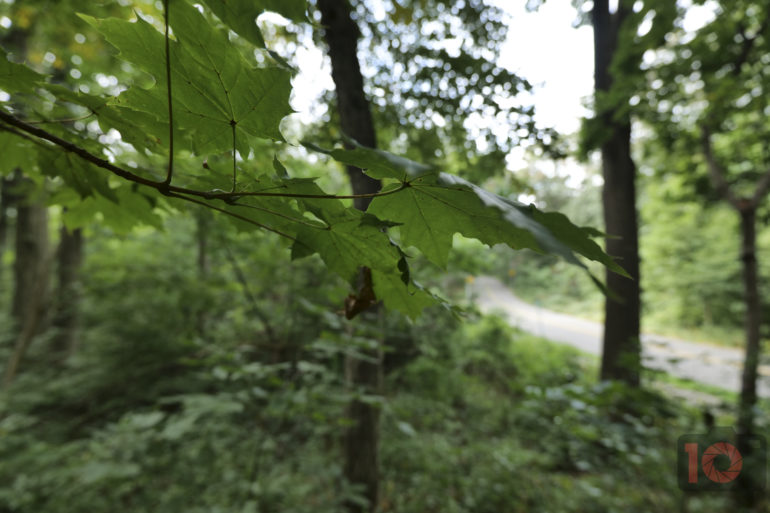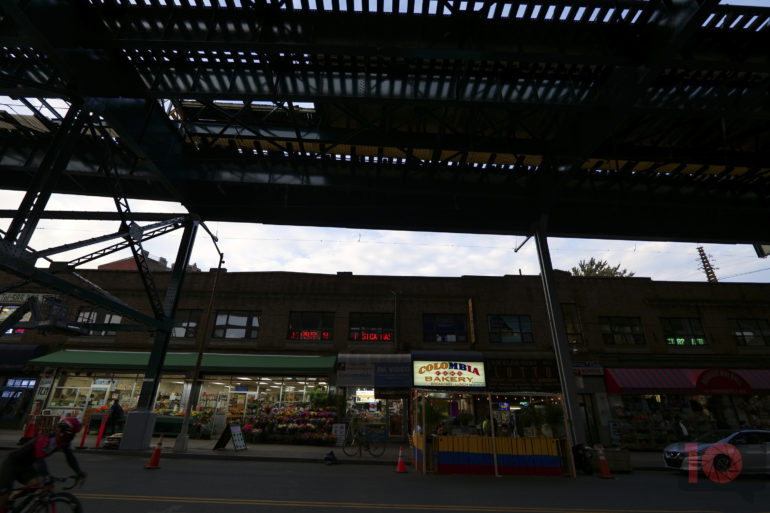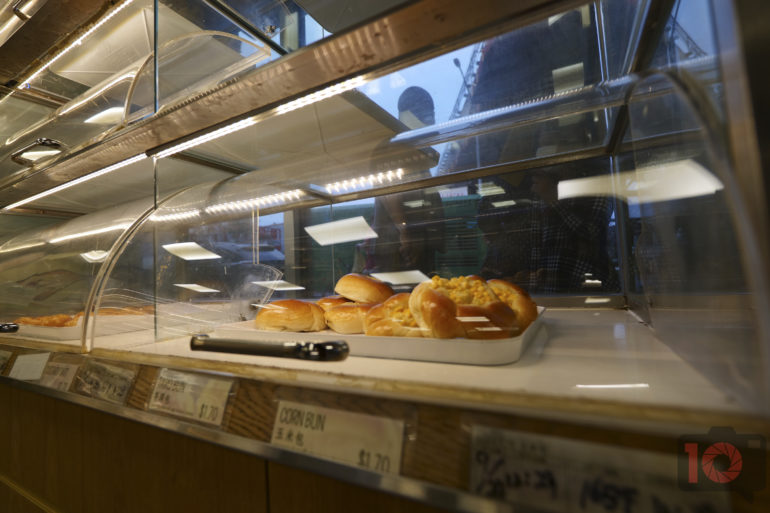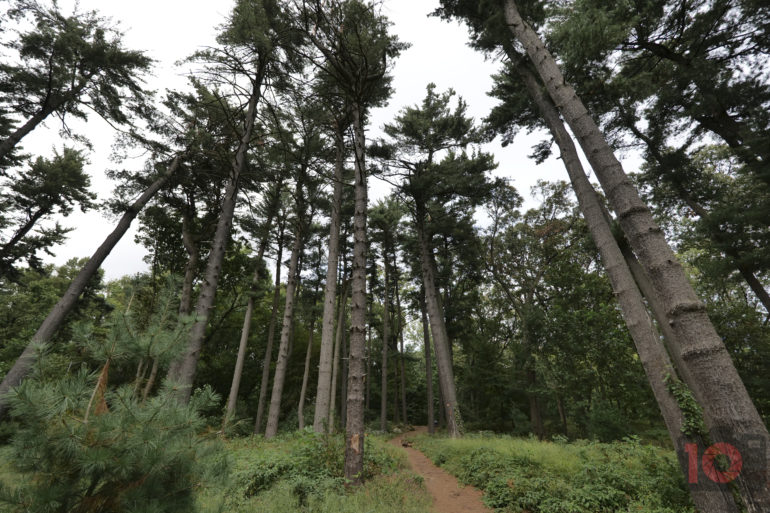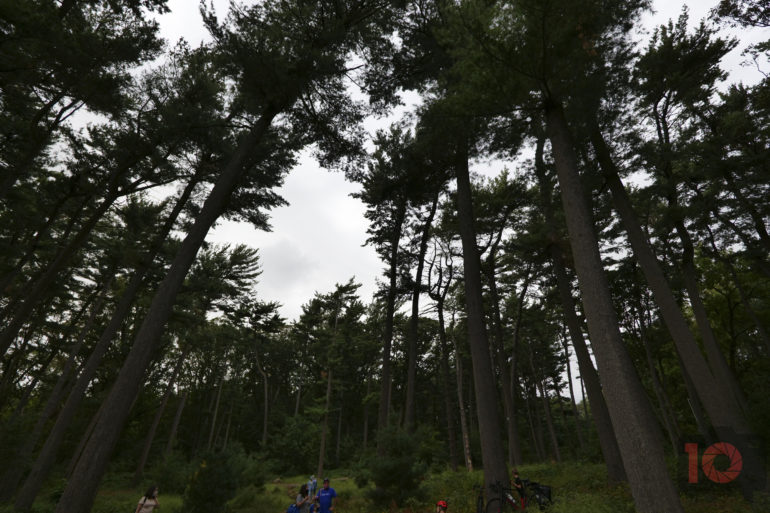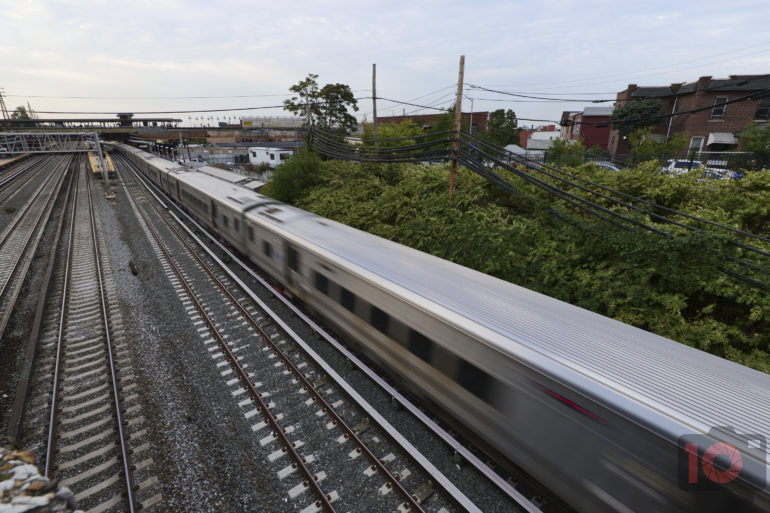Last Updated on 01/12/2022 by Chris Gampat
The Panasonic S5 is everything I wanted in a camera from Panasonic.
The truth about the photography market is that no one is making a bad camera. But bad decisions are surely made. And the Panasonic s5 is one of the best decisions the company ever made at the worst time. Released and announced during the pandemic, it’s a way to get people into their system pretty cheaply. However, I think if the Panasonic S5 were released ahead of the S1 and S1r, the system would have a ton more converts. The Panasonic S5 is seriously the first camera that’s made me consider the L mount with any seriousness. Not only is the camera the best thing currently in Panasonic’s lineup, but it’s probably the best L mount camera aside from the Leica SL2. With a 24MP full-frame sensor, great image quality, and good enough autofocus, I think photographers will really like it.
Editor’s Note: This review has been updated in January 2021
Table of Contents
Pros and Cons
Pros
- Nice feeling
- Dual card slots
- Image stabilization is solid
- Feels great in the hand
- Beautiful JPEGs
- High ISO output is solid
- Panasonic’s full-frame colors continue to put me in awe.
- Live composite is SO FUN!
- Panasonic’s menus continue to be some of the best.
- I ADORE the shutter sound.
- Probably the fastest autofocus camera I’ve seen from Panasonic in the full-frame range
- L Monochrome D continues to be one of the most beautiful and wonderful features of Panasonic cameras.
- These RAW files are great
Cons
- Much improved autofocus, but face detection could be better. As of November 2020, it’s really improved with firmware 2.0.
- Multiple exposure mode and how it’s used is a mess. It needs more versatility.
- Battery life is much improved
- Focus peaking has a lot of improvement to be done before it’s perfect
Gear Used
The Panasonic S5 was tested with the:
Tech Specs
Specs are modified from the LensRentals listing.
- 24.2MP Full-Frame CMOS Sensor
- V-Log, HDR, and Dual Native ISO
- UHD 4K60 Video, 10-Bit Internal Recording
- 2.36m-Dot 0.74x-Magnification OLED LVF
- 4K 60p, 4:2:2 10-bit
- Anamorphic mode support
- Slow & Quick Motion including FHD 180fps
- 96MP High Resolution mode
- Improved Auto Focus with enhanced Eye/Face/Head/Body detection
- Dust and Splash Resistant and optimized heat dispersion
- In-Body Stabilization: 5-Axis Digital
Panasonic S5 Ergonomics
The Panasonic S5 is a DSLR style, mirrorless camera body. It’s significantly smaller and lighter than Panasonic’s other options. In fact, they’ve created one of the smallest full-frame cameras out there. This is incredible, as they’ve also made some of the largest full-frame mirrorless cameras out too.
The top of the camera is where you’ll find lots of Panasonic S5’s controls. On the left, you’ll see the drive modes: those will come in handy. Then there is a mode dial, video record button, on/off switch, ISO button, white balance, exposure compensation, and exposure dials. Everything you need is here.
One of the other cool things is the focus switch selector. There is a switch around it, and in the middle you can choose the focus type.
Then there is a big LCD screen on the back of the camera. The rest here is laid out well. The buttons you’ll mostly use are the joystick, the AF selector, and the playback button. Maybe you’ll also use the menu button often.
On the side, you’ll find ports. The most important one here is USB-C. On the other side, you’ll find the dual SD card slots. This is perhaps one of the best things about the new Panasonic S5.
Panasonic S5 Build Quality
We took the Panasonic S5 out into the rain a few times. It stood up to the weather just like we knew it would. Panasonic’s build quality has always impressed me. And even though this doesn’t feel as rugged as the S1 and S1r, it’s still more than able to endure most abuse. Of course, you have to have an equally sealed lens on the camera. But if you’ve got that then you’re all set.
Otherwise, the Panasonic S5 feels great in the hands. It’s a true mirrorless camera and it feels that way. Much unlike the S1 and S1r, which feel like the old Canon 5D Mk II, the Panasonic S5 is small. It’s not heavy either; you can go for a mid-day stroll with the camera around your chest and not have any weight issues. Nothing about it feels cheap, especially the screen. I adore that you can flip it out to shoot, but I didn’t end up using it most of the time. The only time where it was critical was with live composite shooting.
Panasonic S5 Ease of Use
One of the best new features of the Panasonic S5 is Live Composite shooting. It’s one of the biggest innovations for full-frame. Olympus had this technology for a while, but Panasonic is the first to use it in full-frame. Arguably they also do it in a much easier way than Olympus, but that’s because of the Panasonic menu system. It’s one of the best out there.
Otherwise, their camera is very simple to use. The Panasonic S5 has everything a photographer would want, like a joystick, all the necessary buttons, etc. The only problem I had was sending a bunch of files to my phone through the Panasonic app. Again though, there isn’t much to complain about otherwise. That’s important for anyone considering the system. If you’re stepping up from Micro Four Thirds, then you’re really getting a treat with an even better camera and the same interface you’ve worked with for a long time.
The Panasonic S5 deserves a fair amount of praise for the image stabilization. It’s fantastic. Again it seems even better than the S1R and the S1. Maybe it’s because the camera is lighter. Either way, know that I was able to hold the camera for around a second and get blur-free shots. That’s what lots of photographers love. Of course, you have to exercise good hand-holding techniques too.
We should also discuss image stabilization. I did this photo above using a method I do to make images look like a painting. But overall, the image stabilization is much better than what Panasonic has had in the past. I yielded very few photos with a camera shake. And even when there was any camera shake, it was still acceptable.
Panasonic S5 Autofocus
Generally speaking, the autofocus is pretty good. But tracking autofocus is where the Panasonic S5 really struggles. Specifically, I’m talking about Face detection tracking as a model moves. The Panasonic S5 will tell me at times that they’re in focus, but it’s not always the case. And that’s disappointing. To that end, I’m not sure that I’ll trust it for event shooting either. But if you’re shooting landscapes or something like that, then you’re just fine. Further, the autofocus in low light is both snappy and accurate. It almost seems like the Panasonic S5 is faster than the higher end cameras that Panasonic makes too. Of course, this lines up well with a hobbyist’s needs.
Comparatively speaking, Panasonic isn’t winning any awards with the S5. Even Nikon is still faster than it with Fujifilm, Canon, and Sony ahead of them.
Update November 2020: Panasonic has updated Panasonic S5 with a major enhancement to autofocus. In the 1-area and 1-area+ focusing modes, you get more versatility. By tapping the right setting, you can cycle through standard autofocus, human detection, or human and animal detection. We tested this with both Panasonic’s and Leica’s L mount lenses. And here’s the gist of what we found.
The autofocus is not so fantastic with Leica lenses, but still good. We tested this out in Manhattan with afternoon light. By all means, this is good lighting. But I saw the performance go down in low lighting. I’m defining low lighting as the equivalent of Grand Central’s interior and under a standard tent for outdoor dining.
Autofocusing is much better with Panasonic lenses. Though as a whole, the performance still degrades in low lighting. However, that’s not to say that it’s unusable. It’s just that you’re going to have to expect consistency similar to a Canon DSLR than Sony, Canon, and Fujifilm’s mirrorless cameras. Professionals have been using those and getting great shots for years. So with that said, I’d be confident with the Panasonic S5 for professional use. But I’ll be disappointed in knowing that I missed a number of shots.
For what it’s worth, I think that Nikon has a slight edge over Panasonic in low light. There’s still a pretty big issue here overall though with the L mount alliance. They’re all using different focus motors. I’ve often wondered why Sigma, Panasonic, and Leica lenses aren’t all performing the same on every camera. They’re sharing the same mount and autofocus algorithms, right? Yes. But from my understanding, there are different motor systems. So Panasonic and Sigma could potentially be faster than Leica. This is still quite annoying. Many times, I’ve considered buying into the L mount system. But with inconsistencies with autofocusing across the board, I’m really turned off. Add to this that they don’t even have a unified hot shoe mount for professional off-camera shoots. That’s even more embarrassing.
I’ve encountered very weird things with Sigma lenses on Panasonic cameras. In my Sigma 105mm F2.8 DG DN Macro Art Review, I cite the following:
“I originally received this lens in L mount, and some weird things happened. On the Panasonic S5, it set the camera to default to the 4/3rds aspect ratio. It also didn’t recognize the lens, so I had to set the camera to shoot without the lens function. That’s super weird because Sigma and Panasonic share a common mount. Then I tried it on the Panasonic S1. And with that camera, the autofocus was super slow. After sending the lens back to Sigma, they said that they couldn’t reproduce what I experienced. Weird, huh?”
Maybe the cameras just needed a firmware update? Still weird that this would happen.
The big upgrade is with subject selection. The fast ability to choose human or human/animal is awesome. Walking around the Bryant Park Holiday market, I had a blast. I could photograph people, ask folks for photos of their adorable dogs, and then get the shots. Mind you, tracking subjects like dogs is pretty hard. And the only systems that can do it very well are Canon and Sony. Panasonic’s integration of the focusing types is far superior to Sony and Canon both. Sony has it worst where you need to dig through the menu to switch from one to another. Canon has a specific mode for face detection. So too does Panasonic, but at least now you’re more versatile. I thoroughly enjoyed this.
I’m very happy to say that the Panasonic S5 t can do street photography fairly well. Set the camera to 1 Area+ mode, then human detection, continuous autofocus, and medium burst rate. My preferred method these days is mostly to shoot from the hip. My keeper rate is about on par with what I get from Fujifilm in similar settings. But Canon and Sony are still ahead. In fact, the Panasonic s5 is very good for candid shooting in good lighting. I’d use it for journalism work for sure. But I’d still get better reliability and consistency from Canon, Sony, and Fujifilm.
Panasonic S5 Image Quality
The overall image quality here is very good. But to be honest, it’s also nothing that any of you will be unfamiliar with at this point. The same 24MP sensor is pretty much in nearly every full-frame camera. They’re all made by Sony. Photographers know and love this sensor. It’s incredibly capable and balanced in many ways. The high ISO output is solid while delivering decent details. The dynamic range is so very good. Of course, I’ve seen better from higher-end cameras. And in my eyes, I wonder why the Panasonic S5 didn’t have the S1R’s sensor. But that’s a question for another day.
JPEG Output
I think that both the advanced photographer and the hobbyist will like the JPEGs from the Panasonic S5. Not only are they highly detailed, but they’re gorgeous. Panasonic has this beautiful vivid color mode that I adore. More importantly, we shouldn’t forget about their L Monochrome modes. By far, L Monochrome D is my favorite option. If you’re a passionate photographer that adores black and white, you’ll like this.
High ISO Output
At ISO 6400, I’m still able to get really good image quality. We looked at the photos in Lightroom since Capture One still doesn’t support the Panasonic S5. And we’re impressed by what we saw. But we’ll be even more impressed when the Panasonic S5 gets Capture One support. Personally speaking, as a reviewer, I don’t really see anything that makes the image quality here special. Yes, the L mount has some wonderful lenses. But so too does Nikon and Sony. And it’s incredibly difficult to beat Nikon’s high ISO output.
We test our high ISO results by printing photos from the Canon Prograf1000 with Pro Luster Paper. In our print tests, the ISO 6400 results were incredibly clean and well detailed. So again, there isn’t a lot to complain about.
RAW File Versatility
These photos were edited in Adobe Lightroom Classic. The RAW files are surely capable. And in Capture One, they’d be even more so. Again though, it’s the same sensor that’s in a variety of other cameras.
We’re going to update this when the RAW file versatility becomes available in Lightroom or Capture One.
Update: January 2022
A while back, the Panasonic S5 got CineLike image profiles. These are different from the standard ones like vivid, neutral, etc. According to Panasonic, here’s the description: “the new CINELIKE D2 picture style, which prioritizes dynamic range, the CINELIKE V2 picture style, which prioritizes contrast.”
Basically, you can use these to get the look of something like Kodak movie film. And that’s wonderful. We really like what it does when you lock the white balance to Daylight or even Tungsten. But at the same time, Panasonic’s auto white balance does a just fine job.
If you’re familiar with other camera systems like Fujifilm, you’ll also probably nice that color profiles can change the way that camera metering works. And that’s what Reviews Editor Hillary Grigonis discovered as well. When testing both Sigma and Panasonic lenses using CineLike profiles, we found that the S5 wanted a stop more light. This was really odd because our JPEGs looked normalized and our RAW files looked underexposed. So we got on the phone with Panasonic about this. Here’s what they said:
“Basically, from a technical standpoint, the closer you get to the HIGH circuit, the more gain is being added to the LOW circuit which creates noise. Once you flip over, the gain resets back to 0 on the new circuit, but the noise won’t be exactly the same as the LOW base ISO. My personal advice to users is that if you are shooting at the higher range of the low circuit, some users may find it better to click ISO over to the high circuit for a “cleaner” image if the main purpose is getting the maximum DR / noise ratio. This is all made more complicated since most users do not shoot for technical “perfection” and still shooting rarely offers the ability to force the ideal exposure settings outside of a studio or controlled lighting. Best practice is for photographers to carry out tests for themselves in their environments for best results since ‘Cleaner’ images can be interpreted subjectively in the real world.”
– Sean Robinson, stating that his opinion doesn’t necessarily reflect the views of Panasonic LUMIX
In our eyes, it makes total sense. But Hillary and I both agree that it doesn’t make sense at the same time. If you’re a photographer, the way we meter hasn’t fundamentally changed for years. If you’re shooting a photo and have the CineLike profiles applied to your RAW the way you did in-camera, then you’re fine. It’s when you change the in post-production that things become a bit kooky. Sure, you can fix the exposure in post-production. If you’re shooting with the Cinelike profiles, the idea is to do as little post-production as possible. And if you have to apply it all over again in post-production and then tweak the exposure, what’s the point?
Extra Image Samples
Panasonic S5 Review Conclusions
Likes
- This is a camera you want to bring everywhere with you.
- It’s small and lightweight.
- Solid performance
- Innovation with Live Composite
Dislikes
- The system needs more small, fully weather-sealed primes
- Autofocus needs to be improved even more. As of late November 2020, it has been.
- Face detection can use some more work
The Panasonic S5 is a good camera. But it’s not great. The majorly innovative thing about it is the addition of Live composite. It’s one of the smallest DSLR style mirrorless cameras on the market. Plus, it’s incredibly lightweight. But it pretty much ends there. Panasonic needs to improve its autofocus to catch up to the rest. This camera is also built very well. Panasonic is continuing to recycle the same sensors that everyone else is using too. Personally speaking, I’m still on the fence about whether I’d use this camera for a gig or not. But as a passionate photographer, I’d totally enjoy it. Again though, I’d also enjoy the very similar cameras that everyone else has too.
Editor’s Note: The Panasonic S5 has improved a whole lot with new autofocus algorithms. It’s much better. So much so that I’m revising my original score to give it five out of five stars. But it’s still not a perfect camera worthy of the site’s coveted Editor’s Choice award. There are still better autofocusing cameras out there. And there are way too many inconsistencies between the entire L mount alliance that put a bad taste in my mouth.
Want one? Check out Amazon for more details.


